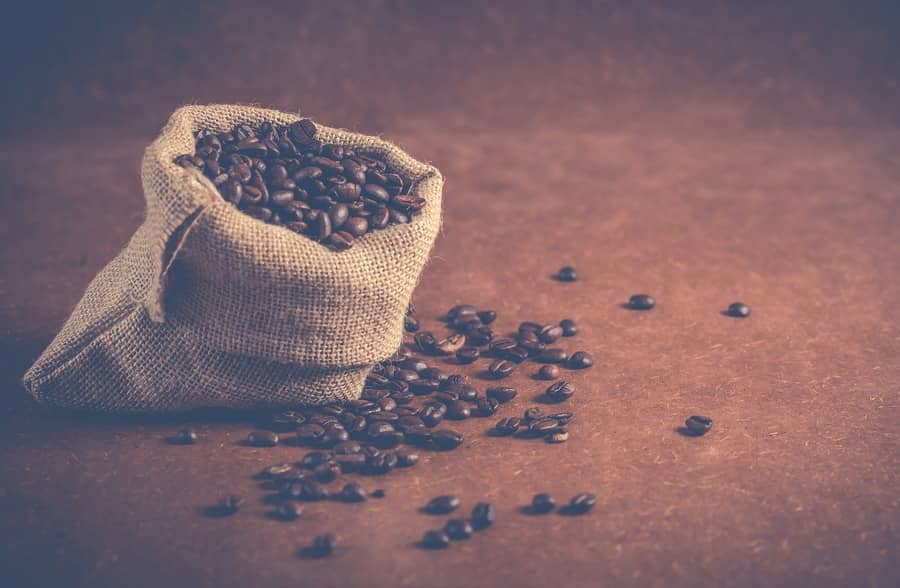Looking at the current situation in the Brazilian coffee market, the volume of coffee still in the hands of growers draws attention. This perception is quite visual inside warehouses and from testimonials from growers in important producing regions. The most interesting thing is that this coffee is not only the one reaped in 2023 but also from older crops, mainly from 2022. This ends up justifying an adjustment in the coffee supply and demand picture in Brazil, which starts with the numbers of production. Safras adjusted the 2022 production upward and revised the 2023 numbers. Brazil’s 2023 arabica crop rose from the initial projection of 43.50 mln to the current 43.85 mln bags. This is due to the positive surprise, with crops delivering a little more than expected. On the other hand, a reduction was made in the size of Brazil’s 2023 canephora (conillon + robusta) crop from 23.15 to 21.70 mln bags, especially with the lower production of conillon in Espírito Santo. The loss of conillon productivity is justified by periods of dry weather and pest attacks.
The Brazilian export flow is in transition to normality, after the shock with frost and loss of external space for Brazilian coffee. Brazilian coffee shipments have experienced erratic flows in recent seasons, with little availability, delays in departures due to a lack of containers, and then a new adjustment in industrial purchases. All this affected the results of national shipments. For the 23/24 season, a resumption of the flow of Brazilian shipments can be seen, with a highlight on the growth in the participation of conillon. There was also a change in the industry’s attitude, especially in Europe, which adopted a slower pace and left the pace of shipments slower than expected. In any case, the projection is that Brazil will ship 44 mln bags in the 23/24 season. The potential is facilitated by the performance of conillon but it still requires a strong effort from the arabica side due to the buyers’ attitude.
However, even with good external performance, there should still be plenty of coffee available at the end of the 23/24 (Jul/Jun) business season. The current scenario indicates stocks above 6 mln bags, which indicates a stock-consumption ratio of 29% and brings a more comfortable outlook for internal supply.
The addition of large coffee surpluses from Brazil’s 2023 crop associated with the expectation of greater production in 2024, especially of arabica, can lead to negative adjustments in the price curve. Safras’ preliminary idea is that Brazil will reap nearly 70 mln bags this year, 47 of which will be arabica and 23 of canephora (conillon + robusta). The negative pressure against the price curve could be intensified due to the low percentage of sales of Brazil’s 2024 crop by growers. In this sense, they had better reduce their exposure at the start of the season (selling need at harvest), taking advantage of the volatility of rising coffee prices at the beginning of the year. Thus, they can have better conditions to manage the flow of sales for the remainder of the season and take advantage of any future high in prices.

